5 Internet Infrastructure Trends Every Business Should Watch in 2025
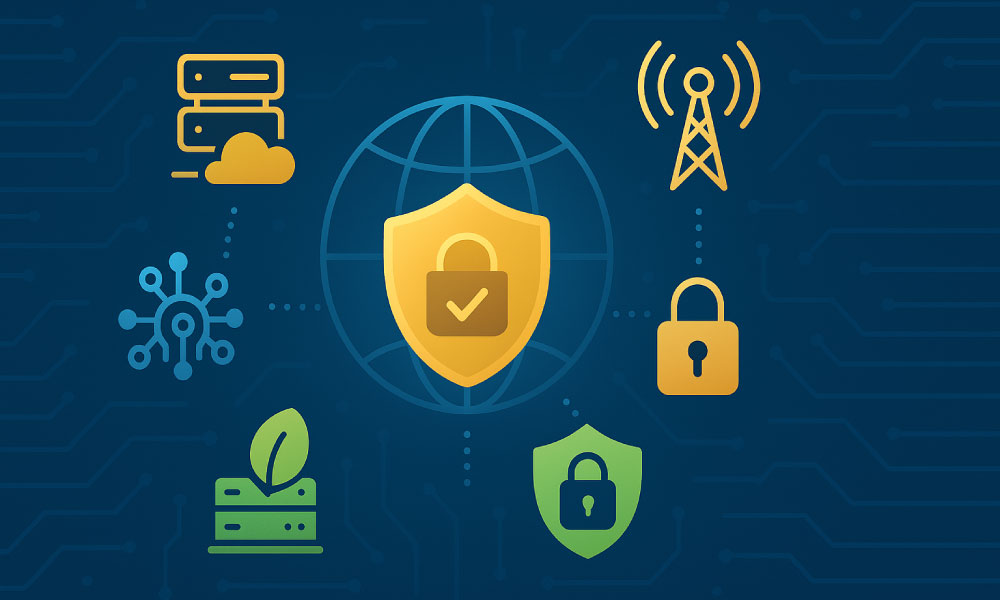
The internet is the backbone of today’s digital economy, powering everything from e-commerce and communication to financial transactions and remote work. As technology evolves, businesses must stay ahead of the changes shaping internet infrastructure to remain competitive and secure. In 2025, the pace of innovation will accelerate, with new opportunities—and challenges—for organizations of all sizes. Here are five internet infrastructure trends every business should watch in 2025.
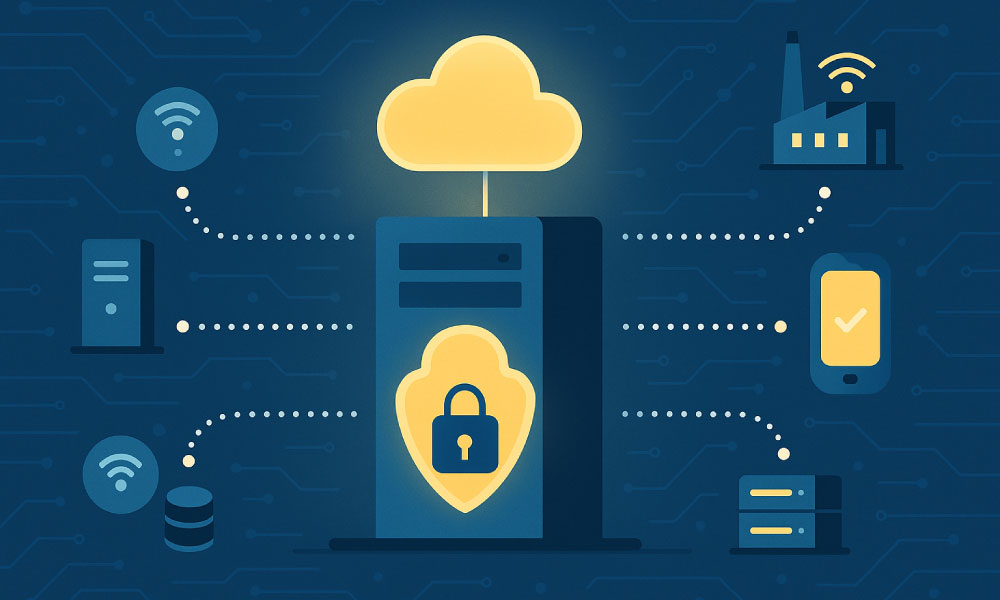
1. The Rise of Edge Computing
Traditional cloud computing has revolutionized how companies store and process data. But as demand for real-time insights grows, edge computing is taking center stage. By processing data closer to where it’s generated—such as IoT devices, autonomous vehicles, or local servers—edge computing reduces latency and improves performance.
In 2025, more businesses will adopt hybrid models that combine cloud and edge solutions. This approach will be especially critical for industries like healthcare, manufacturing, and retail, where speed and reliability directly impact outcomes. Companies that invest in edge infrastructure will benefit from faster decision-making, better user experiences, and improved operational efficiency.
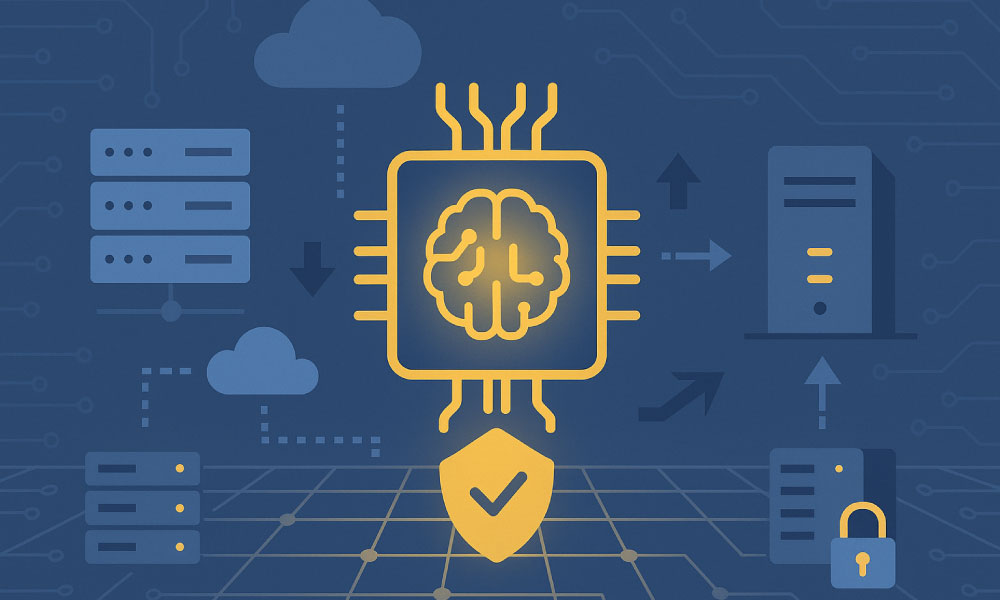
2. AI-Driven Network Optimization
Artificial intelligence (AI) is no longer just a buzzword—it’s reshaping how networks operate. In 2025, expect to see AI-driven network optimization become standard practice. Intelligent systems can analyze vast amounts of data to predict traffic patterns, identify potential failures, and automatically reroute connections for maximum efficiency.AI-powered cybersecurity will also play a larger role.
With cyberattacks becoming more sophisticated, machine learning algorithms can detect anomalies in real time, reducing the risk of breaches. Businesses that integrate AI into their infrastructure will not only improve performance but also strengthen their defenses against ever-evolving threats.
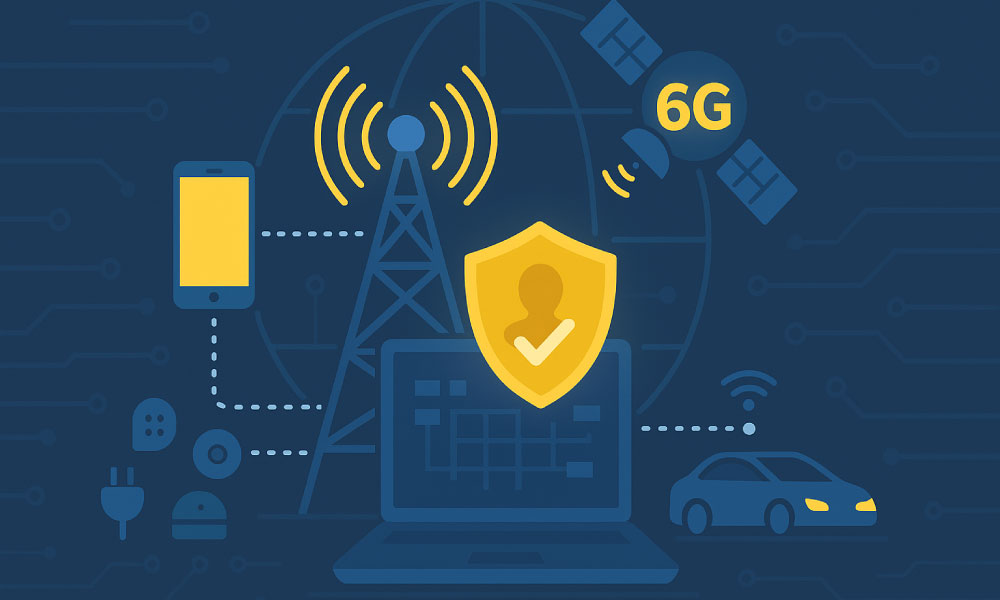
3. 5G Expansion and the Path to 6G
The rollout of 5G networks has already transformed mobile connectivity, but 2025 will see broader global adoption. For businesses, this means faster speeds, ultra-low latency, and the ability to support millions of connected devices simultaneously.
At the same time, research into 6G technology is accelerating. While still years away from deployment, 6G promises even greater bandwidth, enhanced AI integration, and advanced applications in augmented reality (AR) and virtual reality (VR). Businesses should monitor these developments closely, as next-generation connectivity will redefine customer engagement, remote work, and global collaboration.
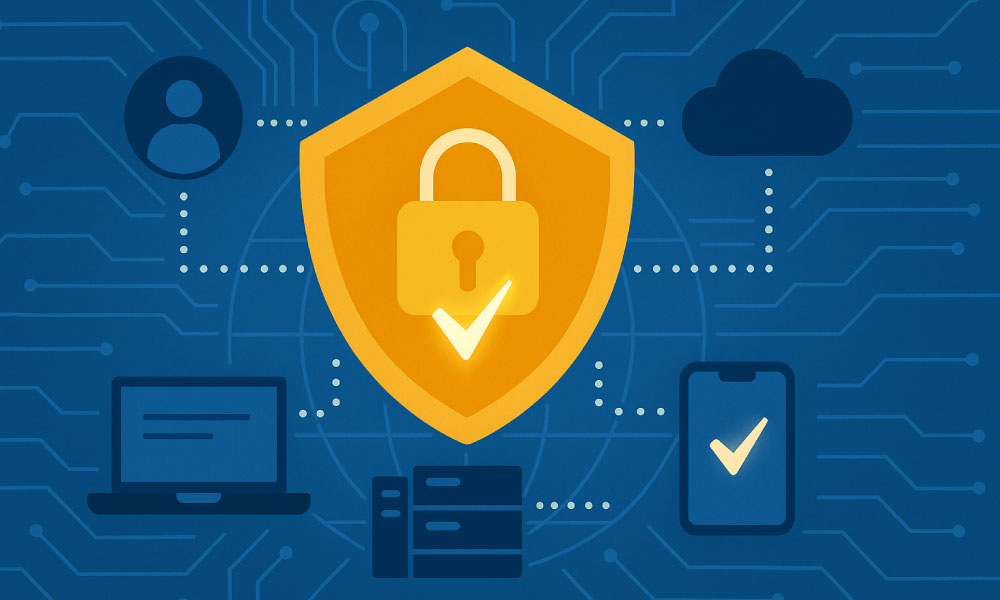
4. Stronger Focus on Cybersecurity and Zero Trust
As digital ecosystems expand, so do cyber risks. In 2025, businesses will increasingly adopt Zero Trust security frameworks, which operate under the principle of “never trust, always verify.” Instead of assuming internal networks are safe, Zero Trust requires continuous authentication for every user, device, and application.
With rising threats such as ransomware, phishing, and supply chain attacks, organizations must treat cybersecurity as a core business strategy. This includes investing in multi-factor authentication (MFA), advanced encryption, and proactive monitoring tools. Companies that prioritize security will not only protect their assets but also build trust with customers and partners.
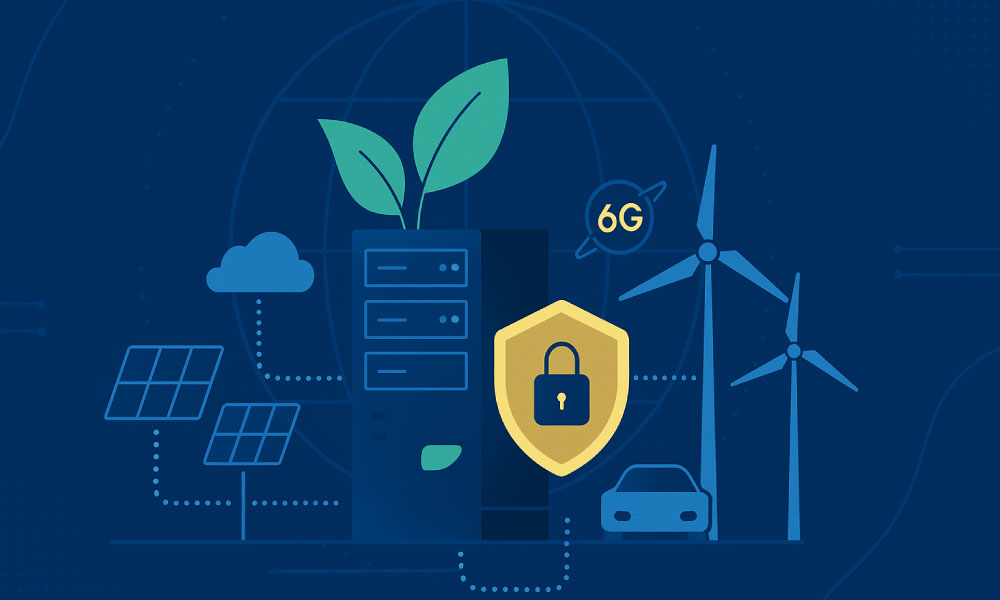
5. Sustainable Internet Infrastructure
Sustainability is no longer optional—it’s a business imperative. The internet consumes massive amounts of energy, particularly data centers. In 2025, companies will face greater pressure to adopt green infrastructure practices.
Expect to see wider adoption of renewable energy in powering servers, carbon-neutral cloud solutions, and more efficient cooling technologies. Businesses that align with sustainability goals will reduce operational costs, comply with regulations, and appeal to eco-conscious customers. Sustainable infrastructure isn’t just good for the planet—it’s good for business.
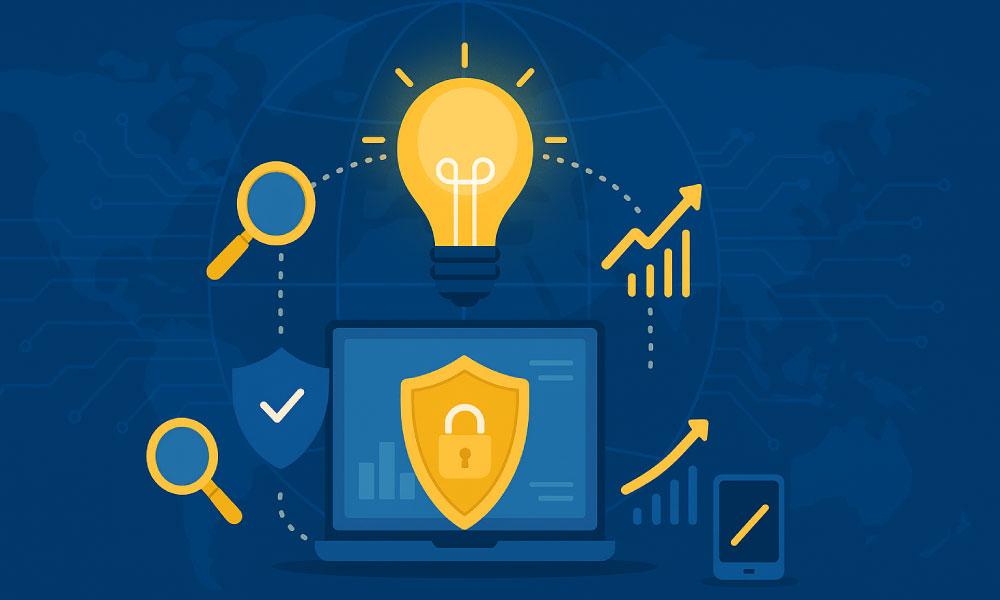
Companies that Stay Informed and Proactive
As businesses look ahead to 2025, internet infrastructure will be a driving force behind growth, security, and innovation. From the adoption of edge computing and AI-driven optimization to the expansion of 5G and the rise of Zero Trust security, these trends will reshape how organizations operate.
Equally important is the shift toward sustainable infrastructure, which combines environmental responsibility with long-term cost savings. Companies that stay informed and proactive will be better positioned to seize opportunities, mitigate risks, and build stronger digital ecosystems.
The future of internet infrastructure is fast, intelligent, secure, and sustainable. Businesses that embrace these trends today will lead the digital economy tomorrow.
